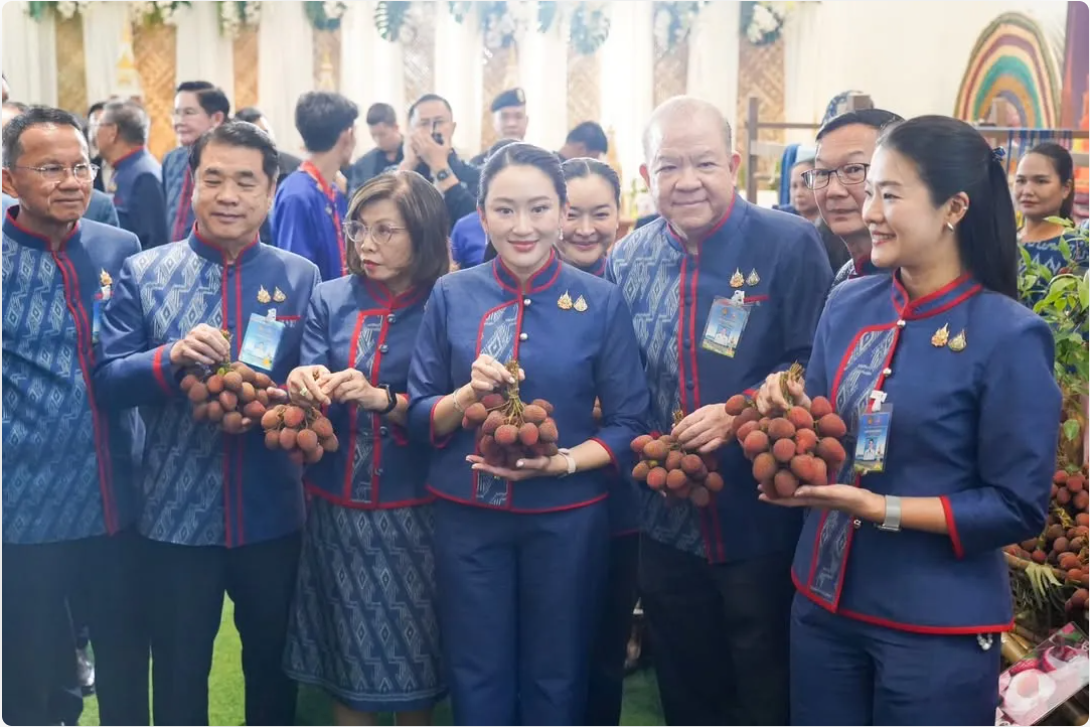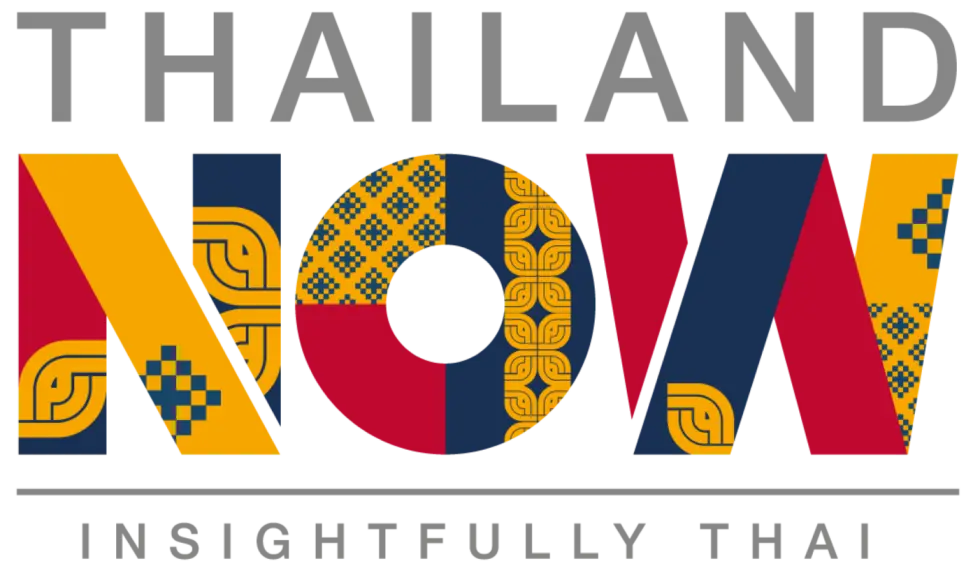Culture Compass: Thai Fashion Explained
Culture Compass: Thai Fashion Explained
วันที่นำเข้าข้อมูล 25 ก.ค. 2568
วันที่ปรับปรุงข้อมูล 25 ก.ค. 2568
Thai fashion is a living expression of Thailand’s heritage, identity, and evolving creativity. From the regal elegance of Chut Thai to the breezy comforts of casual wear, traditional Thai garments continue to inspire endless reinvention and global fascination.
Whether you’re making a special sojourn out to the ancient city of Ayutthaya or fending off the tropical Thai heat, there’s something for everyone in the world of Thai fashion.
Thailand NOW’s Culture Compass: Thai Fasion Explained explores the full spectrum of Thai fashion, from traditional costumes and casual wardrobe staples to sustainable textiles and soft power.
Table of Contents
1. Traditional Costumes for Special Occasions
2. Thai Fits for Everyday Comforts
3. Pioneering Sustainability, Preserving Craftsmanship
4. Year-Round Showcases of Thai Style
5. The Power of Thai Fashion
Traditional Costumes for Special Occasions
When it comes to visual symbols of Thailand, few are as instantly recognizable as Chut Thai, or the traditional Thai dress. What some may not realize is just how diverse these traditional outfits are, especially for women.
Thanks to Her Majesty Queen Sirikit, the Queen Mother, eight formal styles were standardized for official functions. Her forward-thinking influence helped to establish a lexicon of Thai fashion elements, expressing the country’s identity in contemporary engagements abroad.

For men, the evolution of Thai formalwear tells a similarly compelling story. In the late 19th century, King Chulalongkorn the Great sought to create a royal outfit that combined Thai elements with those of other cultures. The result was the Raj pattern shirt, which features a standing collar and unique buttoned vertical opening. The traditional look is completed with the chong kraben, a garment often likened to Western knee breeches.

These traditional costumes aren’t limited to grand halls or formal ceremonies. In fact, they’ve found renewed relevance in cultural tourism. At UNESCO sites like Ayutthaya and Sukhothai Historical Parks, visitors frequently dress in Chut Thai, which are especially evocative amid the ruins and pagodas of ancient Siamese kingdoms.

Thai Fits for Everyday Comforts
Beyond the grandeur of historical sites and ceremonies, Thailand’s traditional attire also includes everyday styles designed to beat the tropical heat. One such piece is the Suea Kor Krachao, a sleeveless, round-necked shirt that originated in the early Rattanakosin era. Once worn as a camisole by young girls, it continues to thrive today as a symbol of relaxed, breathable fashion.

No guide to Thai casualwear is complete without the globally beloved elephant pants — drawstring harem trousers often emblazoned with motifs of Thailand’s national animal. Lightweight and colorful, they’ve become a staple for tourists and locals alike.

Then there’s the Pha Khao Ma, a humble checked cloth that functions as scarf, belt, blanket, or even baby carrier. Like Scottish tartan, each design hints at regional roots and local identity, making it a textile that’s as functional as it is meaningful.

Pioneering Sustainability, Preserving Craftsmanship
Wearing traditional Thai garments can provide cultural insight, but knowing how they’re made can also be a window into traditional craftsmanship. In the northeastern Tohsang Cotton Village, weavers still practice age-old techniques for sustainable cotton cultivation, traditional weaving, and natural dyeing. These slow-fashion textiles are not only eco-friendly but also tell a deeper story of community and craftsmanship.

Circular business models are also gaining ground among textile producers in Thailand. Take moreloop, a Thai sustainable brand that upcycles leftover and surplus textiles into stylish new products. Co-founders Amorpol Huvanandana and Thamonwan Virodchaiyan see fashion as a circular, zero-waste opportunity — proof that Thai creativity and environmental responsibility can go hand-in-hand.

One of Thailand’s most exquisite and lesser-known crafts is beetle wing embroidery, which uses the iridescent wings of jewel beetles to embellish garments and accessories. Preserved and promoted by Her Majesty Queen Sirikit, the Queen Mother, this traditional art form sparkles as a symbol of Thailand’s refined elegance.

Year-Round Showcases of Thai Style
Thailand’s fashion scene comes alive throughout the year in vibrant exhibitions and industry fairs that celebrate craftsmanship, creativity, and cultural heritage.
Colors of Buriram spotlights the rich textile traditions of Buriram Province through a showcase of locally crafted silk and woven masterpieces. The exhibition blends time-honored weaving techniques with bold, contemporary fashion. Highlights include live demonstrations and displays of rare and antique fabrics reimagined for modern wear, offering a vivid window into the artistry passed down through generations.

Meanwhile, The Bangkok Gems & Jewelry Fair is a trusted marketplace for an extensive array of jewelry from manufacturers in Thailand and overseas, namely pearls, diamonds, gold jewelry, fine jewelry, silver jewelry, costume & fashion jewelry, display & packaging, jewelry parts, and equipment & tools.

The Power of Thai Fashion
Today, the impact of fashion is felt far beyond the runway. During a mobile Cabinet meeting in Nakhon Phanom in April 2025, ministers wore Sri Khotrabun shirts in a display of regional pride. Woven in Na Wa District and dyed with natural pigments, these garments honor the ancient Mekong civilization and its ties with neighboring Laos.
By showcasing locally produced textiles under royal patronage, Thai officials signaled a strong commitment to cultural conservation and community-based development.

In this way, Thailand’s traditional fashion becomes more than just attire. It’s a language, a livelihood, and increasingly, a diplomatic statement. Whether worn for cultural immersion, comfort, sustainability, or prestige, Thai fashion continues to evolve, rooted in the past but confidently catwalking into the future.
Thailand NOW’s Culture Compass guides readers through the cultural landscape of Thailand with a curated list of interconnected stories that, together, present a holistic map of how identity, tradition, economy, and policy intersect in the modern Thai society.

Download Culture Compass Thai Fashion Explained
| Source: |  |
Thailand Trade and Economic Office (Taipei)
| เวลาทำการ |
วันจันทร์ - ศุกร์ | 9:00-12:00, 14:00-17:00 |
|
| 🕿 | บริการคนไทย | (8862) 2775 2211 |
| Thai Visa | (8862) 2773 1100 | |
| 🖷 | Fax | (8862) 2740-3300 |
| 🖅 | General Affairs | [email protected] |
| บริการคนไทย | [email protected] | |
| Thai Visa | [email protected] | |